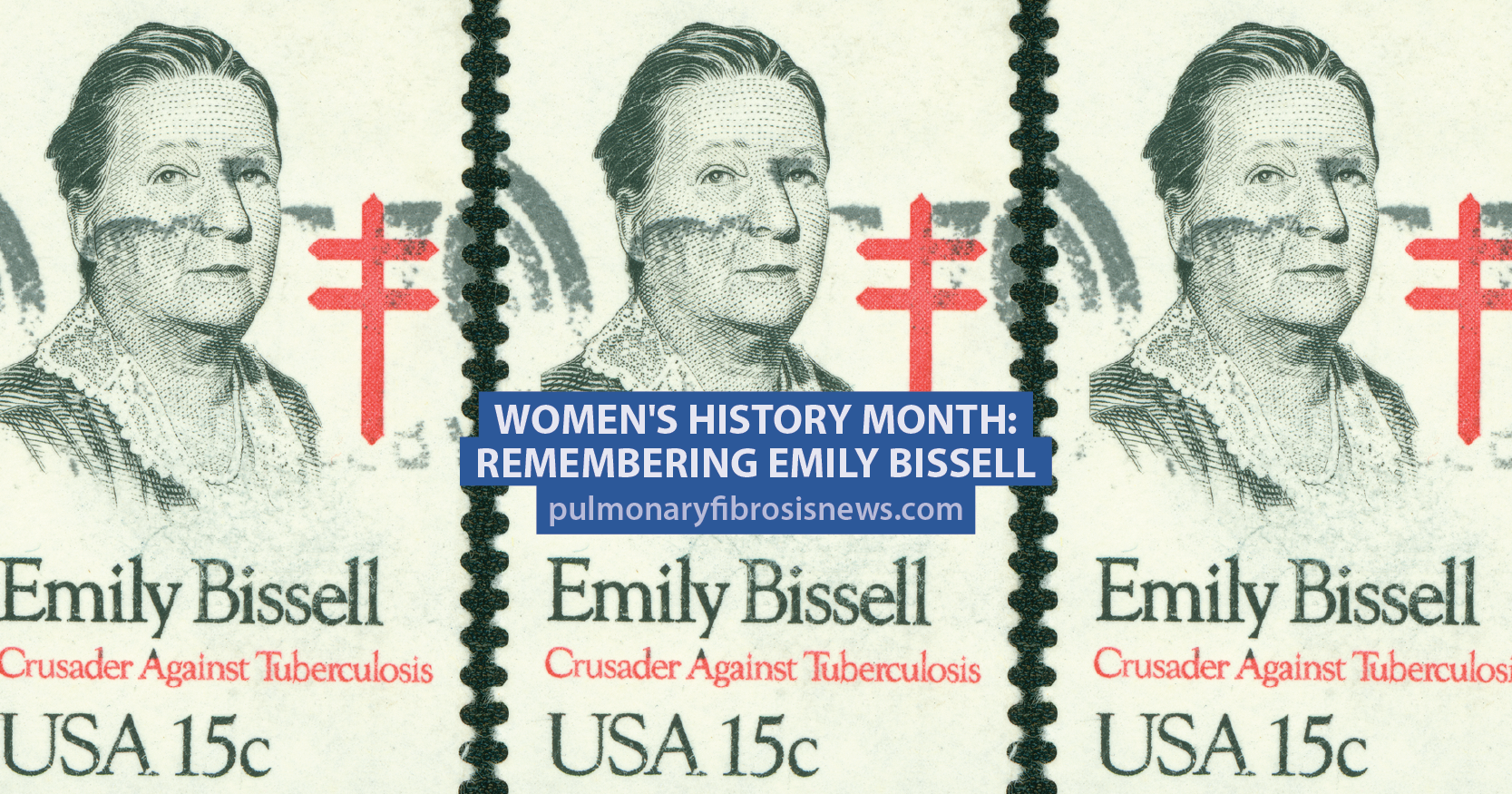Women’s History Month: Remembering Emily Bissell
Written by |

The month of March is National Women’s History Month, first recognized in 1981 as “Women’s History Week” beginning the week of March 7. Between 1988 and 1994, there were a series of negotiations to expand Woman’s History Week into a month-long event. The resolution from those negotiations went into effect in 1995, and have since been honored by former Presidents Clinton, Bush, and Obama.
So in honour of Women’s History Month, we’re celebrating the life of Emily Bissell. Born in Delaware in 1861, Bissell was an American social worker and activist, who introduced the United States to Christmas seals (otherwise known as stamps). She did this in an effort to raise $300 to save her cousin’s sanatorium (where people with Tuberculosis were treated and housed). She designed a seal of her own and sold them for only a penny—Emily raised $3,000 in the first year alone.
MORE: Learn more about some of the myths about lung transplantations.
Tuberculosis (or TB) is a bacteria that attacks your lungs, and the holiday stamps that Emily sold for a penny a piece quickly became a symbolic way for people to show their support for lung health. Up until her death in 1948, Emily served as a leader for the Christmas seals campaign and continued to advocate the importance of lung health. She empowered citizens to speak up about public health threats and concerns by partnering with organizations that would help not only spread awareness about the cause but drive research and funding.
Emily’s passion for long health lives on through the American Lung Association Society where donors can include the ALA in the plans for their estate. The American Lung Association also continues to support Emily’s Christmas seal mission redesigning the stamp every year.
Emily also had her own state-funded nursing home for people with TB. However the hospital closed in 2015.
MORE: Some simple facts about pulmonary fibrosis you might want to know.
Pulmonary Fibrosis News is strictly a news and information website about the disease. It does not provide medical advice, diagnosis or treatment. This content is not intended to be a substitute for professional medical advice, diagnosis, or treatment. Always seek the advice of your physician or another qualified health provider with any questions you may have regarding a medical condition. Never disregard professional medical advice or delay in seeking it because of something you have read on this website.






